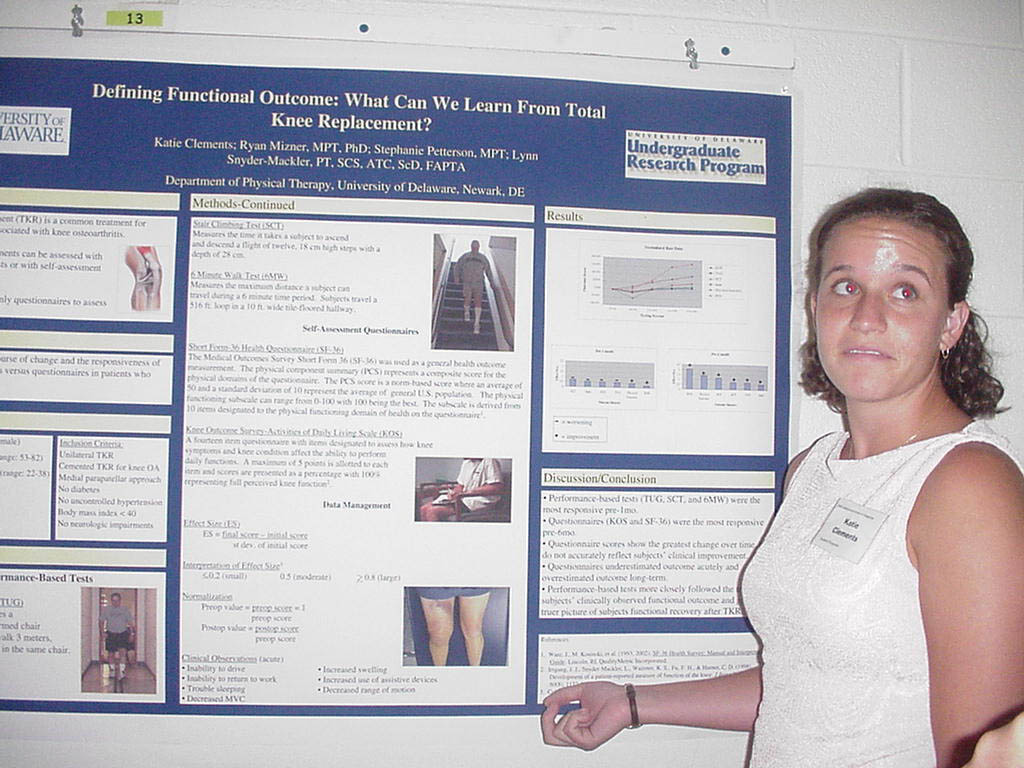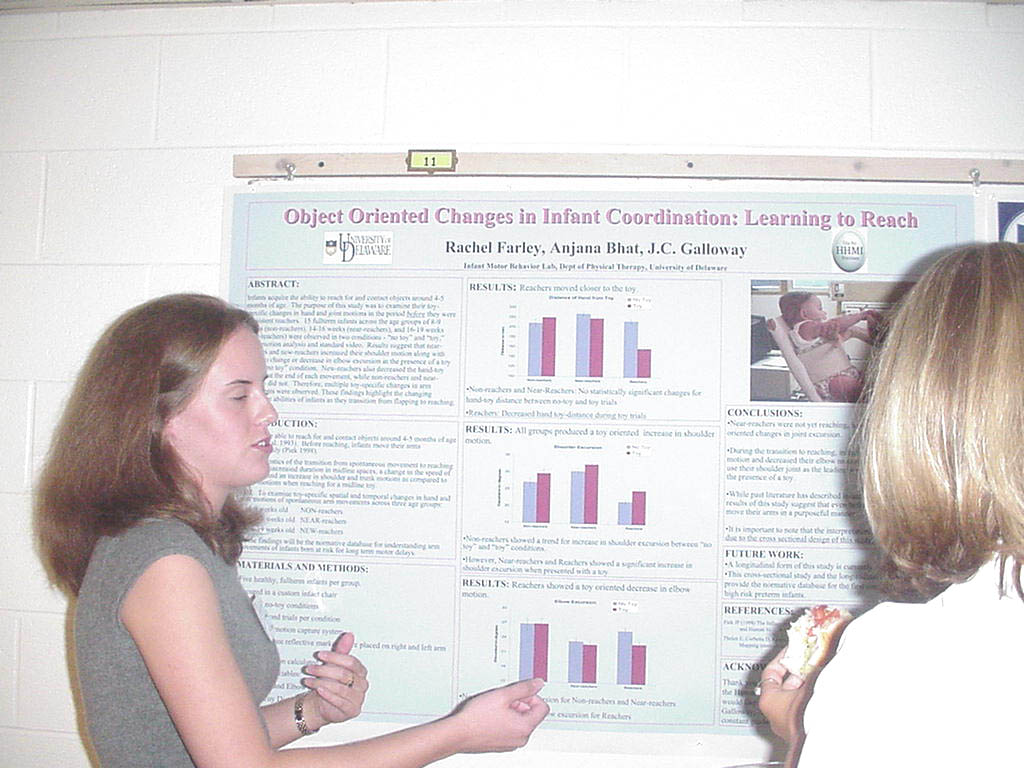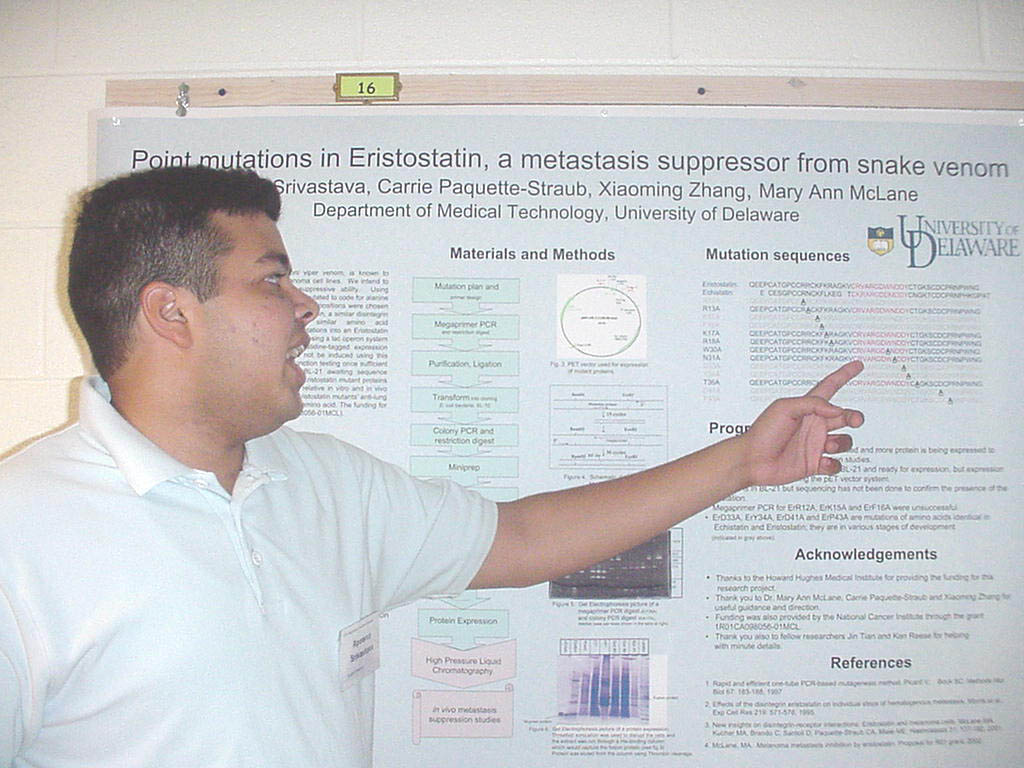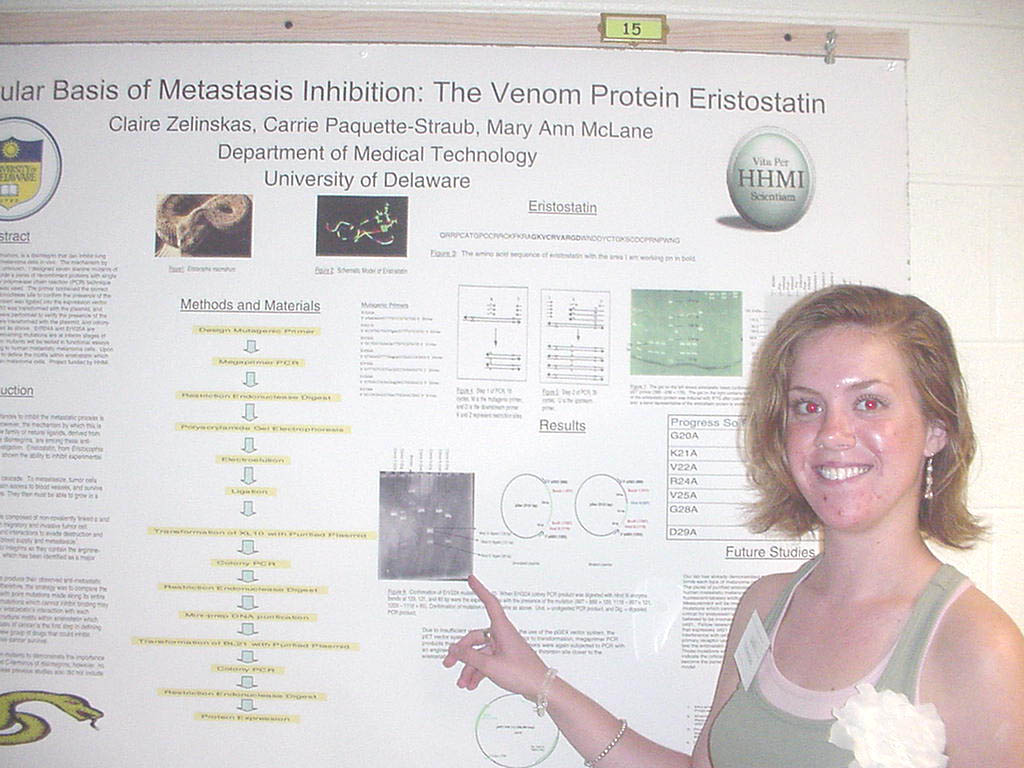Katie Clements; Ryan Mizner, MPT, PhD; Stephanie Petterson, MPT; Lynn Snyder-Mackler, ScD, PT
Department of Physical Therapy, University of Delaware, Newark, DE

Total knee replacement (TKR) is a common treatment for disability and pain associated with knee osteoarthritis. Functional improvements can be assessed with performance-based tests (e.g. stair climbing) or with self-assessment questionnaires. Most previous studies rely on questionnaires to assess functional outcome. The purpose of this study was to compare the time course of change and the responsiveness of performance-based tests versus questionnaires in patients who underwent TKR. Methods: Thirty subjects scheduled for TKR were evaluated preoperatively and at acute and long-term postoperative follow-up. The responsiveness of each test was determined by calculating the effect size (ES) of acute and long-term changes. Results: During the acute stage of recovery, performance-based tests were the most responsive methods for assessing outcome (ES=.583). Questionnaires were the most responsive measures of outcome in long-term recovery (ES=1.55). Performance-based tests more closely follow the same pattern clinically observed functional outcome. Questionnaire scores underestimated subjects’ acute decline and overestimate overall recovery. Conclusion: Questionnaires show the greatest change over time but do not accurately reflect subjects’ clinical improvement. While questionnaires underestimate outcome acutely and overestimate outcome long-term, performance-based tests give a truer picture of subjects’ functional recovery after TKR.
This study was funded by the Science and Engineering Scholars Program


